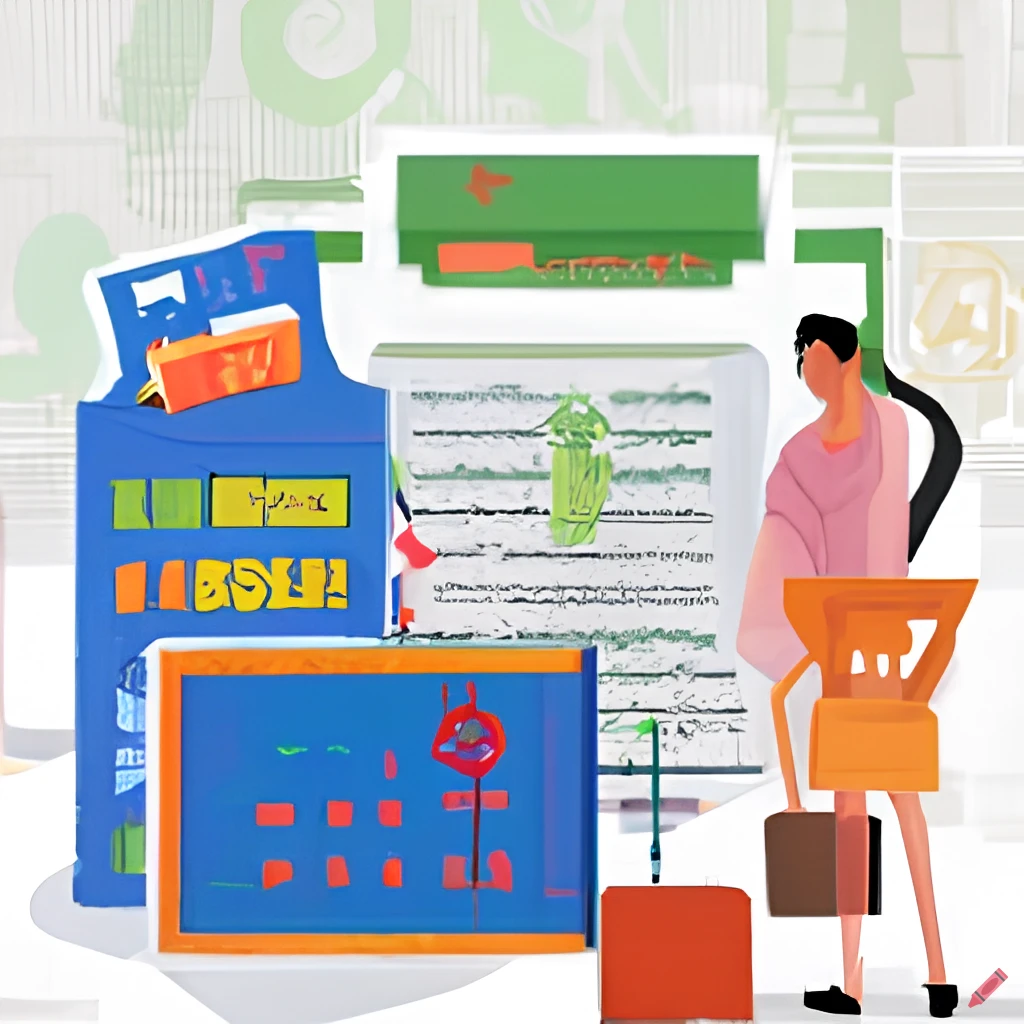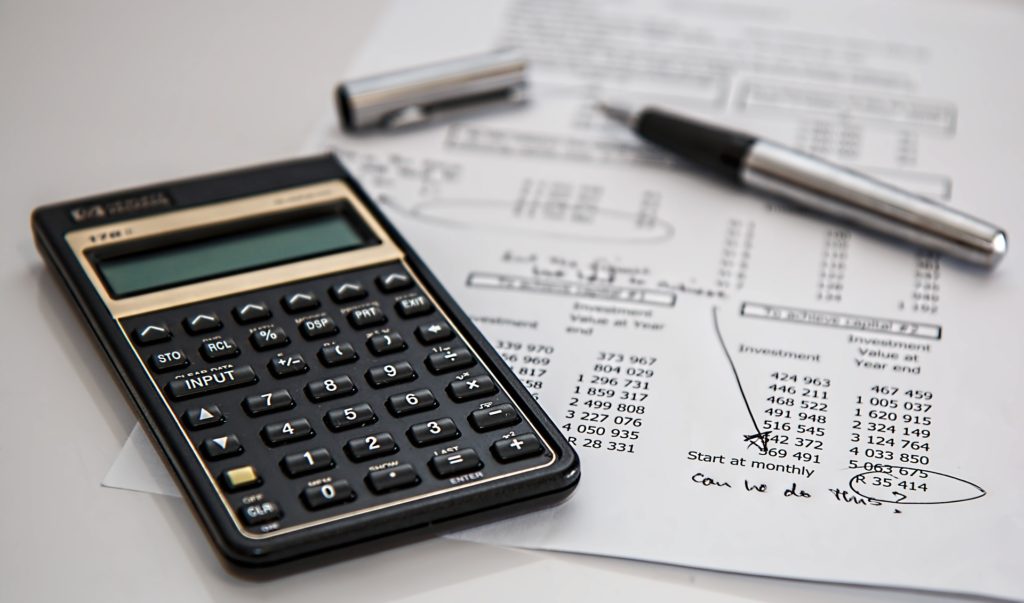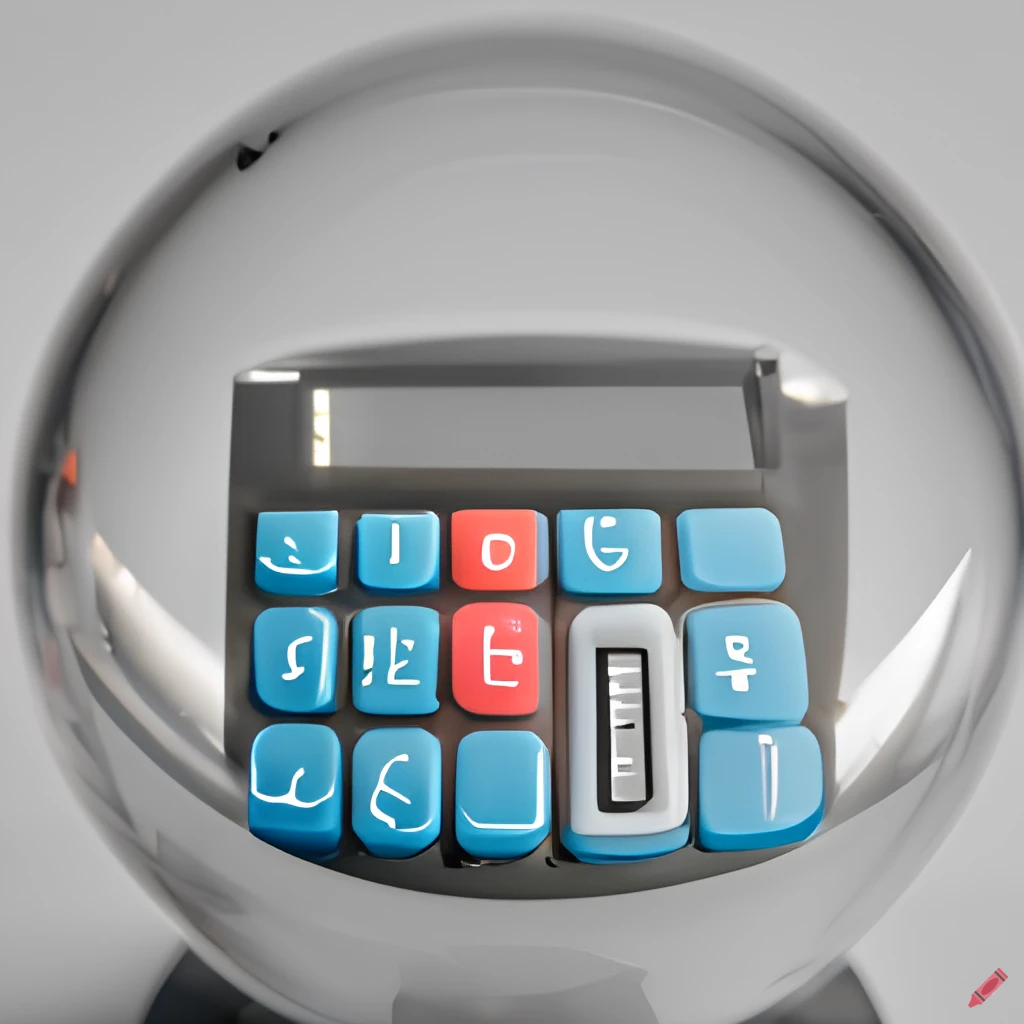Unfortunately, in order to get a point where you can start planning for retirement, you have to build a budget. There’s no way around it. In fact, you basically will need to build one from now until the day you expect to die. Getting a real grasp of how you’re spending is difficult. Sure the regular bills are easy to account for, It’s the smaller, less frequent, or unplanned occasional expenditures that are difficult to track. Let’s face it, no one wants to go through tons of paperwork and gather all the necessary information.
Procrastinate all you want, but eventually if you want to take control of your finances, building a budget is a necessary first step. If you’re about to do taxes, it’s an ideal time, since you have to gather records anyway. Don’t worry, I know how you feel. I’ve gone as far as purposely leaving excessive amounts of cash in my checking account, just so I never have to balance my checkbook.
How I build my budget

I personally use Google Sheets to track my budget, with different tabs for different purposes. It’s free, has automatic backup and is available from any device. You can use whichever tool you prefer even pen and paper. The point is making the process something you can stick with. I like the software approach because it does all the math for me. It also allows me to re-use the data for different reasons, without having to create something new. Here’s how I structure my budget.
Column 1 – labeled with the my next payday (or 1st of the month if you don’t work). I’ll just throw in some average numbers for the sake of conversation. Don’t worry about how they vary with yours so much, but focus on the process.
| 01/01/23 | |
| 9132 | Beginning balance |
| 2140 | Paycheck |
| -1794 | Rent/mortgage |
| -200 | HOA fees |
| -716 | Car payment |
| -238 | Car insurance |
| -321 | Medical insurace |
| -49 | Dental Insurance |
| -100 | Electric Bill |
| -31 | Gas Bill |
| -45 | Pest Control |
| -75 | Water Bill |
| -150 | Pool maintenance |
| -61 | Credit card 1 |
| -50 | Credit card 2 |
| -100 | Groceries |
| -75 | TV Service |
| -65 | Internet |
| -60 | Cell phone |
| -321 | Savings (15%) |
| 6821 | Ending Balance |
The Ending Balance is computed by using the SUM function (i.e., typing =SUM(A2:A20) in cell A21) totaling it all up. Of course, we’ve only accounted for one paycheck a month here. We also haven’t added any infrequent expenses yet. Completing the month and spreading the bills out, we get a more realistic picture.
| 01/01/23 | 01/15/23 | ||
| 9132 | Beginning balance | 6821 | Beginning balance |
| 2140 | Paycheck | 2140 | Paycheck |
| -1794 | Rent/mortgage | -45 | Pest Control |
| -200 | HOA fees | -75 | Water Bill |
| -716 | Car payment | -150 | Pool maintenance |
| -238 | Car insurance | -61 | Credit card 1 |
| -321 | Medical insurace | -50 | Credit card 2 |
| -49 | Dental Insurance | -100 | Groceries |
| -100 | Electric Bill | -75 | TV Service |
| -31 | Gas Bill | -65 | Internet |
| -321 | Savings (15%) | -60 | Cell phone |
| 7502 | Ending balance | -321 | Savings (15%) |
| 7959 | Ending balance |
Here, for the second Beginning Balance , just type = , followed by the cell number of the previous Ending Balance. The second Ending Balance is calculated the same way as the first. As it is, this person will eventually go broke, so they would have to cut back on something, or get a raise. Let’s stay focused on the process for now.
Predicting the future
From here, I would repeat this process for at least 12 months, adding another month, as one gets deleted. This is as easy as copy/paste in Google Sheets. You’ll just need to change the references so the Ending Balance of each month is the Beginning Balance of following. You’ll continue this for all the months. One side benefit of this – you’ll gain immediate and automatic visibility into your financial future, as far as you care to see.
Once this is done, we can add in recurring, periodic bills. This would include things like vehicle registration, driver’s license renewals, property taxes, tax preparation, etc. For this part, you have two options, take a one-time hit to your budget every X months, or put a little aside every month. Either way, you should put the funds into a safe place (e.g., savings account). Try to find as high of a safe yield (interest rate) as you can, to put the money to work in the meantime.
| 01/01/23 | 01/15/23 | 02/01/23 | 02/15/23 | 03/01/23 | 03/15/23 | 04/01/23 | |||||||
| 9132 | Beginning balance | 7495 | Beginning balance | 8416 | Beginning balance | 6779 | Beginning balance | 7700 | Beginning balance | 6063 | Beginning balance | 6984 | Beginning balance |
| 2140 | Paycheck | 2140 | Paycheck | 2140 | Paycheck | 2140 | Paycheck | 2140 | Paycheck | 2140 | Paycheck | 2140 | Paycheck |
| -1794 | Rent/mortgage | -45 | Pest Control | -1794 | Rent/mortgage | -45 | Pest Control | -1794 | Rent/mortgage | -45 | Pest Control | -1794 | Rent/mortgage |
| -200 | HOA fees | -75 | Water Bill | -200 | HOA fees | -75 | Water Bill | -200 | HOA fees | -75 | Water Bill | -200 | HOA fees |
| -716 | Car payment | -150 | Pool maintenance | -716 | Car payment | -150 | Pool maintenance | -716 | Car payment | -150 | Pool maintenance | -716 | Car payment |
| -238 | Car insurance | -61 | Credit card 1 | -238 | Car insurance | -61 | Credit card 1 | -238 | Car insurance | -61 | Credit card 1 | -238 | Car insurance |
| -321 | Medical insurace | -50 | Credit card 2 | -321 | Medical insurace | -50 | Credit card 2 | -321 | Medical insurace | -50 | Credit card 2 | -321 | Medical insurace |
| -49 | Dental Insurance | -100 | Groceries | -49 | Dental Insurance | -100 | Groceries | -49 | Dental Insurance | -100 | Groceries | -49 | Dental Insurance |
| -100 | Electric Bill | -75 | TV Service | -100 | Electric Bill | -75 | TV Service | -100 | Electric Bill | -75 | TV Service | -100 | Electric Bill |
| -31 | Gas Bill | -65 | Internet | -31 | Gas Bill | -65 | Internet | -31 | Gas Bill | -65 | Internet | -31 | Gas Bill |
| -321 | Savings (15%) | -60 | Cell phone | -321 | Savings (15%) | -60 | Cell phone | -321 | Savings (15%) | -60 | Cell phone | -321 | Savings (15%) |
| -5 | Vehicle registration | -321 | Savings (15%) | -5 | Vehicle registration | -321 | Savings (15%) | -5 | Vehicle registration | -321 | Savings (15%) | -5 | Vehicle registration |
| -2 | Drivers License | -217 | Property tax | -2 | Drivers License | -217 | Property tax | -2 | Drivers License | -217 | Property tax | -2 | Drivers License |
| 7495 | Ending balance | 8416 | Ending balance | 6779 | Ending balance | 7700 | Ending balance | 6063 | Ending balance | 6984 | Ending balance | 5347 | Ending balance |
When updating a spreadsheet, it’s always a good idea to double check that the calculations are correct. When inserting new data, the SUM function may not count all the cells above it automatically. If you do need to adjust it, try taking advantage of copy/paste and automatic formula filling as much as possible to save typing.
Dealing with uncertainty

From here, we have a good idea of the predictable expenses. As I said earlier, this is the easy part. Estimating the “known unknowns” and “unknown unknowns” is a bit trickier. Having done this myself, I can say you can get an idea of your spending by taking your bank statement, subtracting all your known regular bills and seeing what went into the “other” bucket. It’s not perfect, but it’ll give you a rough idea. So, you can start there.
Handling the rest
For things like medical bills, you should look at your health insurance policy and see what your maximum “out of pocket” is and the amount of your deductible. This will gave you a range of possible expenses. From there you can combine this with your historical expenses and the average expenses someone of your age usually faces to get a decent estimate.
You’ll of course need to adjust for your own personal health situation (e.g., wearing glasses, prescription costs). If you’re a math nerd, you can find a very detailed analysis here. For everyone else, this article gives us an idea. TL;DR It states that “… an average individual spent $3,852 on coverage and … another $4,358 to meet her deductible, a total of $8,210”.
You should also note that I haven’t mentioned inflation here (we covered that in a previous post). This is because the budget so far is for the months/years immediately ahead, presumably while you’re still working and earning money. You’ll just want to adjust it on the fly as your expenses and salary increase over time.
One thing I like to do is track my budget year after year in another tab of the spreadsheet, so I can see how prices are increasing. I just copy all my monthly calculations into a single column on the other tab. I do this each year on the same date. Then I have a side-by-side comparison of each year, which I can use to project out further into the future. Once you get closer to thinking about retiring, you’ll want to predict the budget well into the future – several decades into the future. We’ll cover that level of planning in another post.
Approaches to the tedious
As we mentioned earlier, there are a number of things to consider when setting the total budget. To account for these things, most people would take one of the following approaches. The easiest way is to subtract your bills and regular expenses from your paycheck and then subtract whatever you have left over. You’d want to do this over a long period – say one or several years. This would give you how much you spent on “other” categories. Unfortunately, this is also the vaguest approach.
You’ll eventually need to dive into the components here, when you start budgeting long-term. The most tedious, but also most accurate approach, is to comb through all your spending receipts and statements and categorize it all – again over a matter of years. There is a middle ground, which is to estimate from the vague first approach, how much of your money goes into each subcategory (e.g., clothing vs. furniture). Lastly, many people take the inverse approach which is to set a budget ahead of time, limiting what they can spend on each category.
When you set your budget ahead of time, rather than recording where your money went. You absolutely must ensure you can stick within the budget. Unfortunately, too many people end up supplementing their income with debt, but that is really robbing your future self. We’ll discuss that more in another post. Remaining disciplined, if you want to spend more in one category, you must give up something else. Honestly, this is how most people operate. It’s not until you get to a point of being “comfortable”, that you have the luxury of not subjecting yourself to prior constraint. It also helps if you’re not prone to random crazy spending.
In closing
If you take this information and our prior post on inflation, you’re starting to put together the plan you’ll need for early retirement. You could pay a professional financial planner to do it for you, but honestly it’s not that hard. Plus any money you give them, just pushes your retirement that much further out. You’ll want to check back frequentlyas we continue to build on this topic.

